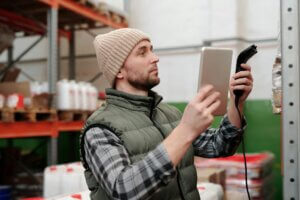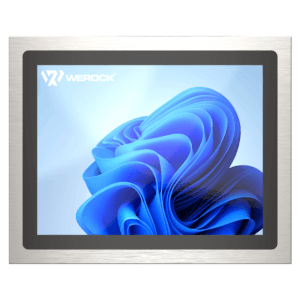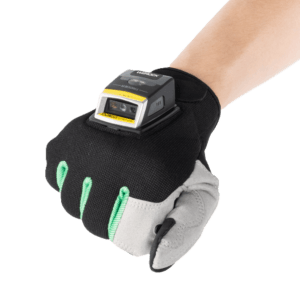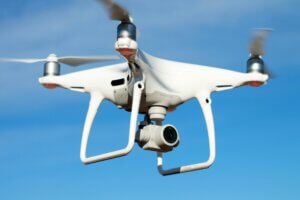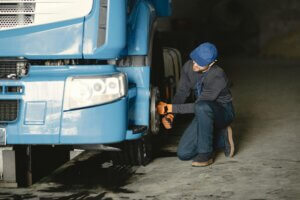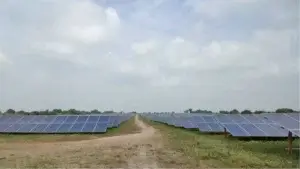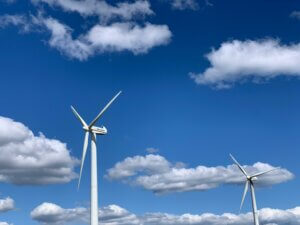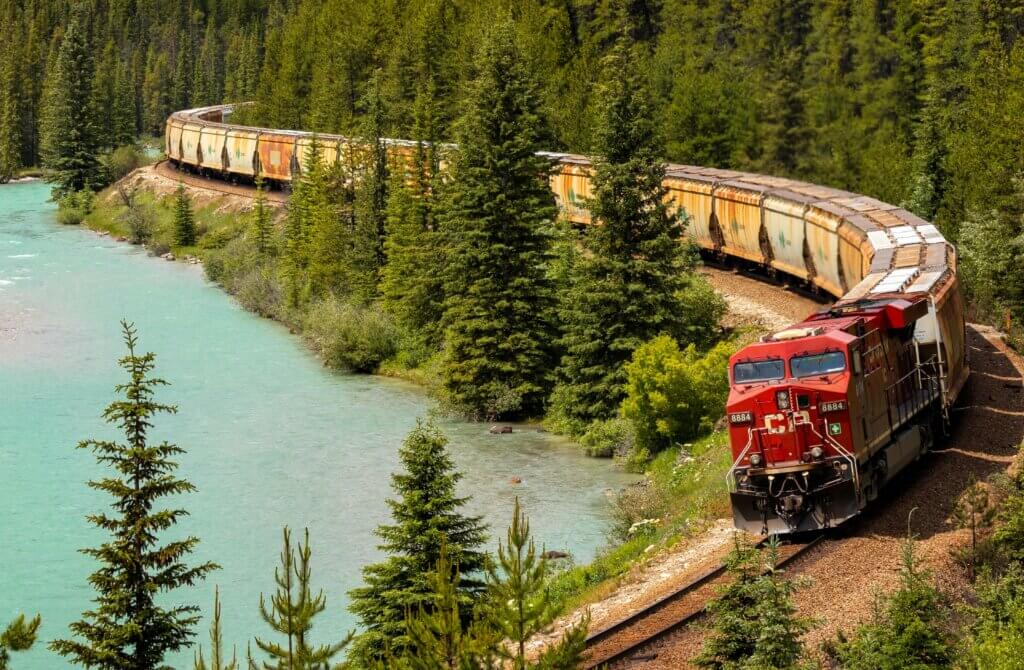The European Green Deal, which was presented by the European Commission (EC) on December 11, 2019, concretizes the goals of the 2015 Paris Climate Agreement and relates them to environmental, economic and social policy measures to make Europe the world’s first climate-neutral continent by 2050. At WEROCK, climate protection and environmental conservation have a very high priority; they are the pillars of our corporate philosophy. We are completely focused on sustainability and have made it our goal to have a positive impact on our planet. Our environmental approach is divided into three steps: First, we already pay attention to sustainability in product management, such as replaceable batteries, repair-friendly housing design and environmentally friendly packaging. Second, greenhouse gas emissions generated in procurement, production, processing, logistics, etc. are reduced or avoided as far as possible. Thirdly, the resulting CO2 emissions, which unfortunately could not be avoided in the second step, are compensated by climate protection projects.
Green logistics – the second step – plays a role in the environmental protection campaign that should not be underestimated. The EU Commission announced a strategy for sustainable and intelligent mobility at the end of 2020, because 25 percent of the CO2 emitted worldwide comes from the transport sector alone. We therefore also want to make an active contribution, within the scope of our possibilities, to shaping more environmentally friendly mobility. That is why the focus of this Green IT Report is on sustainability in logistics. We report on what we have done in the past year to reduce emissions in logistics and what we intend to do in the future. We also take a look at the challenges or difficulties we have faced so far.
Our goal: transporting goods in a more environmentally friendly way
Let’s first look at facts and figures on various modes of transport and compare them with each other. There are significant differences here. On the following chart, which juxtaposes the global CO2 emissions of certain transport routes, the enormous climate impact of road transport can be seen. Airplanes and ships follow with 11.6% and 10.6% of emissions respectively. The best performer is rail transport with just 1% of global greenhouse gas emissions:
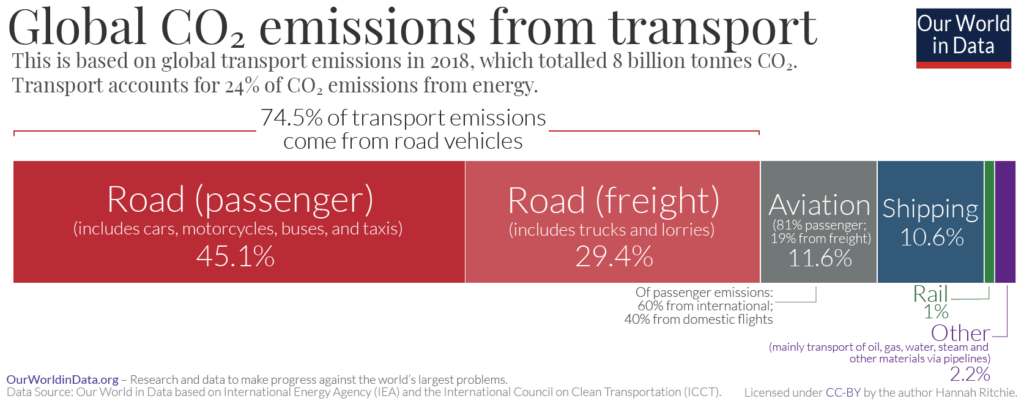
This second graph compares the importance and climate impact of individual modes of freight transport, taking into account the two aspects of freight distribution and long-distance freight transport at the same time. It can be seen that rail transport, with a share of 9% of the freight volume, provides 19% of the transport performance, but causes only 4% of the greenhouse gas emissions of freight transport. In comparison, trucks produce 60% of the emissions; airplanes emit fewer greenhouse gases (16%) but produce the least.
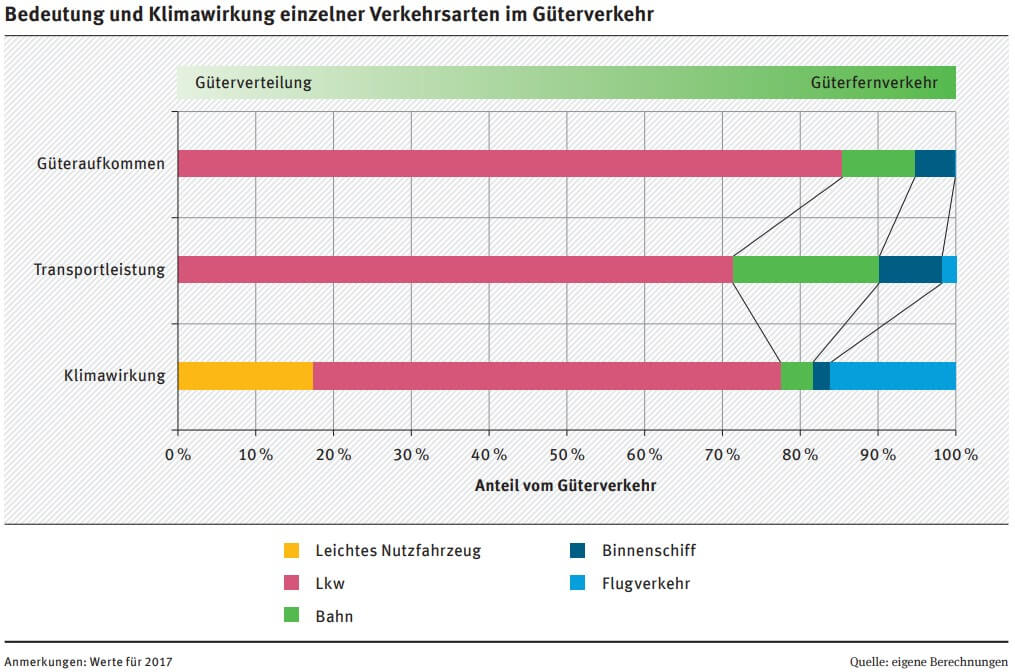
Based on the two graphs, the clear advantage of trains and ships in terms of the harmony between transport performance and environmental protection can be seen. So when it comes to sustainable green logistics, the major role played by rail and ship freight transport based on modern technologies is felt in all business sectors. For example, the European Commission’s targets are, on the one hand, for rail delivery traffic to increase by 50% by 2030 and double by 2050; on the other hand, for intermodal rail and waterborne transport to compete on an equal footing with road-only transport in the EU by 2030. The message to logistics service providers is therefore clear: a shift in freight transport from environmentally harmful roads and aircraft to climate-friendly trains and ships is to be carried out efficiently.
Another ecological advantage of rail freight is that it is already largely electric. While the automotive industry is just discovering alternative drives for itself, electromobility is already a living reality in rail transport: 92% of the transport service here is provided electrically. With more renewable energies in the electricity mix, the eco-balance of freight trains will improve even further compared to other modes of transport.
With all this knowledge in mind, we at WEROCK are determined to help accelerate the shift of traffic to rail. Overall, we rely on a mix of sea freight, train freight and – if it is really urgent – air freight as well. Compared to rail and air freight, however, ocean freight is highly dependent on weather conditions. In addition, this mode of transport is more suitable for larger quantities of goods and is therefore not really practical for WEROCK. Ultimately, rail transport is our favorite for delivery of the products and import of the components.
However, we prefer rail transport not only for climate-friendly reasons. It is precisely the large loading capacity and fast speed over long distances with relatively low transport costs that constitute the greatest advantages of rail transport.
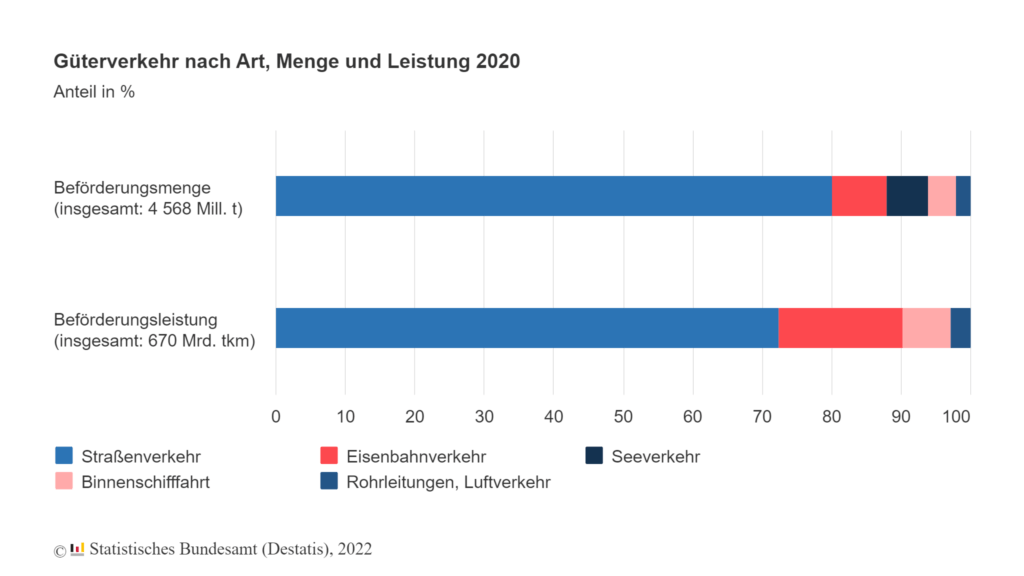
Our products are manufactured by powerful and long-term production partners around the world, including the world’s IT hotspots: Shenzhen, Shanghai and Taipei. When transporting manufactured products or accessories from our Asian suppliers to Germany, rail is obviously both an economical and ecological option. The following graphs show that freight trains have become increasingly important for the transport of goods between China and Germany in recent years.
Forward-looking rail networks between Europe and China
Under the project name “New Silk Road”, intercontinental trade and infrastructure networks between the People’s Republic of China and over 60 other countries in Africa, Asia and Europe have been established and expanded since 2013. This project comprises two areas: the overland routes to the north under the title Silk Road Economic Belt, and the sea routes to the south named Maritime Silk Road. The overland routes play a prominent role in the exchange of goods by train between Asia and Europe, which takes place in part through the rail links of the New Eurasian Continental Bridge. One route of the New Eurasian Continental Bridge runs through China, Kazakhstan, Russia, Ukraine and Slovakia to Central Europe; another route runs from China via Kazakhstan, Russia, Belarus and Poland to Duisburg. On the China-Europe Railway Express, goods can thus be transported from numerous Chinese cities to the German cities of Hamburg, Duisburg, Munich and Nuremberg with guaranteed speed, transport safety as well as sustainability.
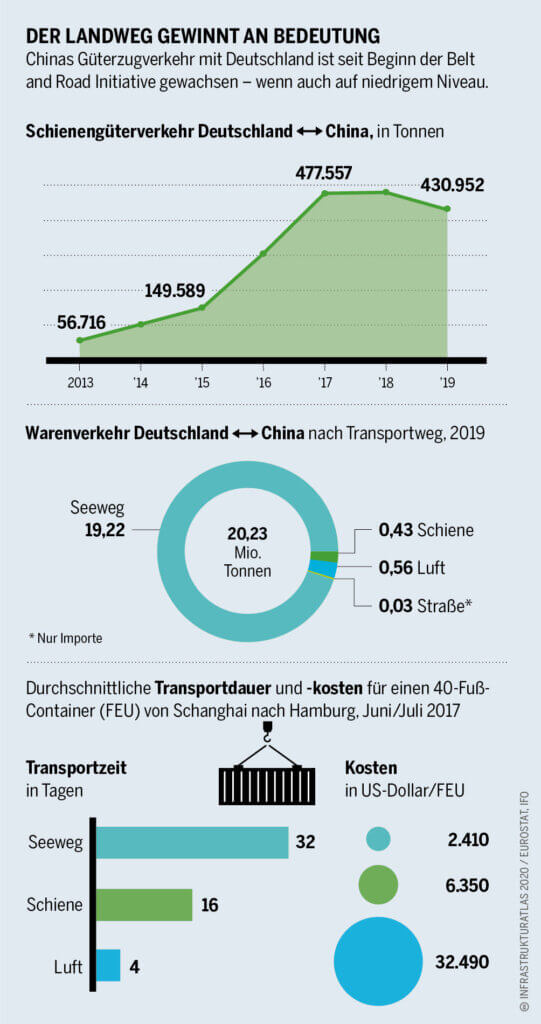
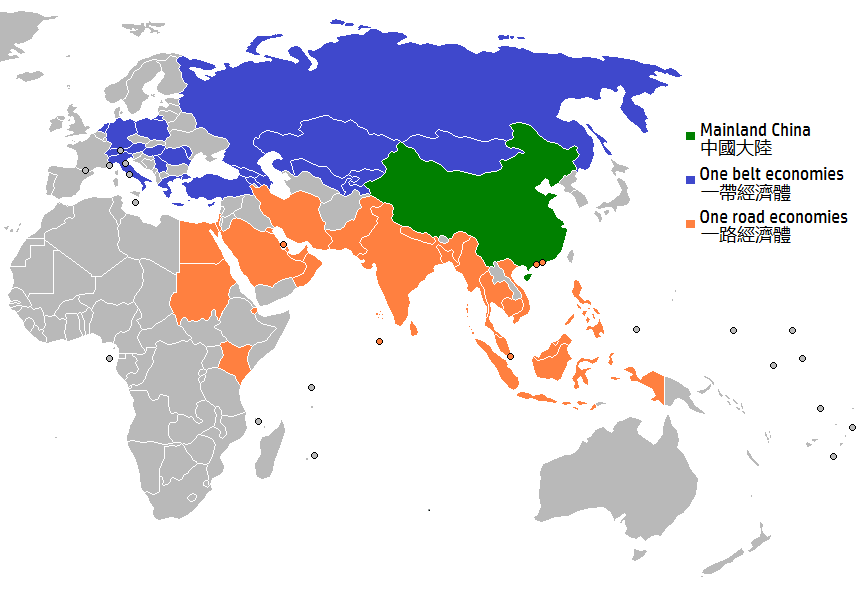
Challenges for WEROCK
Unfortunately, however, we have to admit that we experienced many difficulties in achieving our rail relocation target last year. A major factor in this was the global container shipping shortage and the resulting delay or disruption to global supply chains. Congested ports, disrupted shipping schedules, and increased blank sailings were all part of the catastrophic scenario of global container traffic. In addition, ocean shipping has been massively priced for more than two years. According to Drewry, the current price (February 2022) is now already 18000 USD for a sea freight container from Shenzhen (China) to Rotterdam (Netherlands). This is partly due to increased consumer demand during the Corona pandemic for household appliances and electronic products, many of which are manufactured in China and must be exported from there. However, the rigid Corona measures – such as mass lockdowns – have had an enormous impact on production and exports in particular: Congestion has formed outside many major ports.
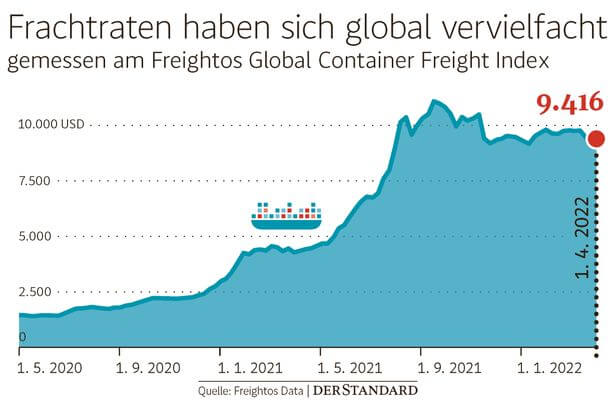
Due to these circumstances, many companies have switched from ship to train, resulting in long waiting times by rail until there was space for the shipments: the current delivery time from China to Germany is 8-14 weeks. By comparison, in the pre-Corona era, the rail journey from the Chinese high-tech metropolis of Shenzhen to the unloading point in Duisburg took only 3-4 weeks. For now, the outlook doesn’t look very comforting: According to Schenker’s forecast, the container shortage and high freight rates will continue until the end of 2023, which will have a significant impact on the global flow of goods itself – even outside of ocean freight.
The current tense electronics parts shortage has also exacerbated the problem of delivery capability: After months of delivery problems, for example with the Rocktab L110, this was now available again, but environmentally friendly shipping had become much more difficult in this case.
For the reasons mentioned above, WEROCK was unfortunately only able to make less than 10% of deliveries via rail transport in 2021. Due to the further tense procurement situation, China’s zero-covid policy with hard lockdowns of millions and since a few weeks also Russia’s invasion of Ukraine, the import rate for 2022 is so far at a sad 0%. However, we can at least proudly say that all CO2 emissions caused by climate-damaging transport routes have been fully compensated.
SAF: alternative green fuel?
Today, alternative fuels made from biowaste are being developed for the purpose of nature conservation, which should help reduce the environmental impact of aircraft. The term SAF (Sustainable Aviation Fuel) is used to describe kerosene derived from sustainable, alternative feedstocks. SAFs fall into two categories: fuels that use biomass in their production and synthetic fuels produced from renewable energy and CO2.
The feedstock for the production of the fuel from biomass can be vegetable fat/oil, sugar, animal fats, waste/residues or even electricity from renewable power, while the production of the synthetic fuels involves creating a synthesis gas from hydrogen and carbon dioxide. Different production processes can then be applied from the syngas, plant residues and bioresidues to produce kerosene, such as the “Power-to-Liquid” (PtL), the “Hydroprocesses Esters and Fatty Acids” (HEFA) or the “Power-to-Gas” (PtG) process. Among these, power-to-liquid is considered a very promising production process for synthetic SAFs.
SAF’s production processes are CO2-neutral because only as much CO2 is emitted by the turbines as was previously taken out of the air during production. For example, the CO2 emitted by the engines is exclusively that which the plants used for the production of cooking oil, for example, have extracted from the atmosphere during their photosynthesis. SAF kerosene therefore produces 80 percent fewer greenhouse gas emissions than conventional kerosene.
However, there is also much that is questionable about this topic. Apart from the financial aspects – SAF is currently almost three times as expensive as fossil kerosene and is therefore still far from being competitive – one must consider above all that aircraft using this fuel still emit real greenhouse gases. The most sensible solution here is still to use a transport solution that is actually low in emissions.
